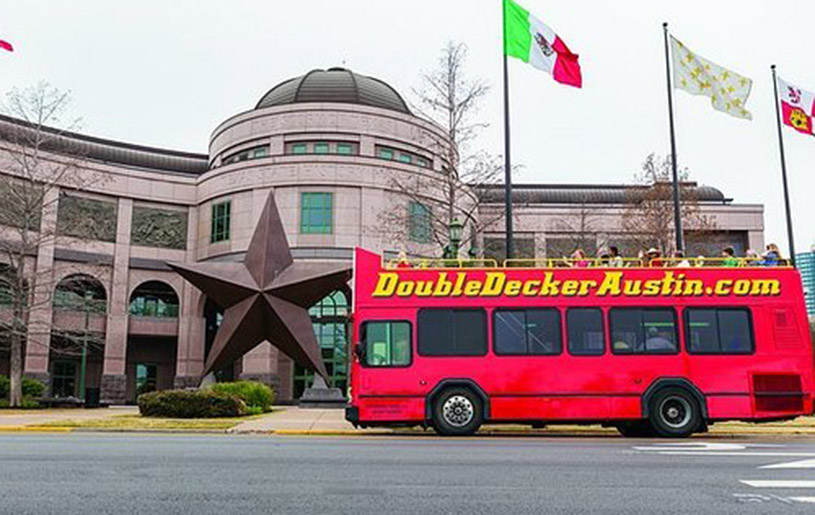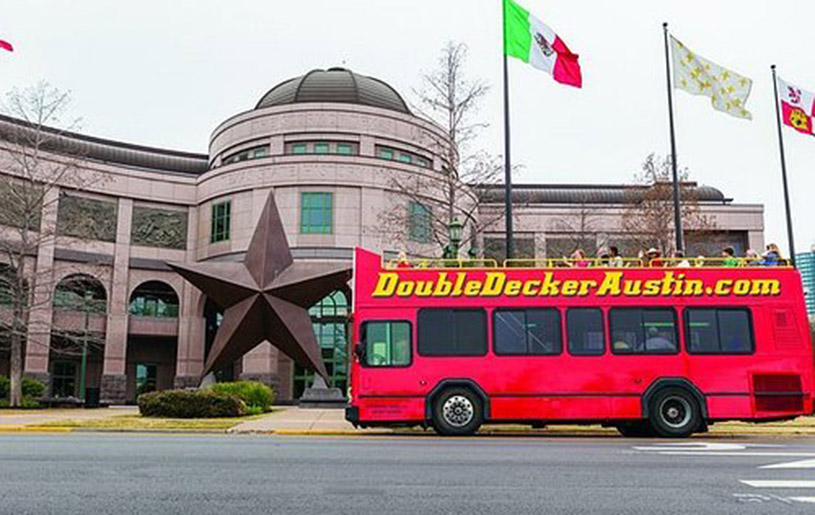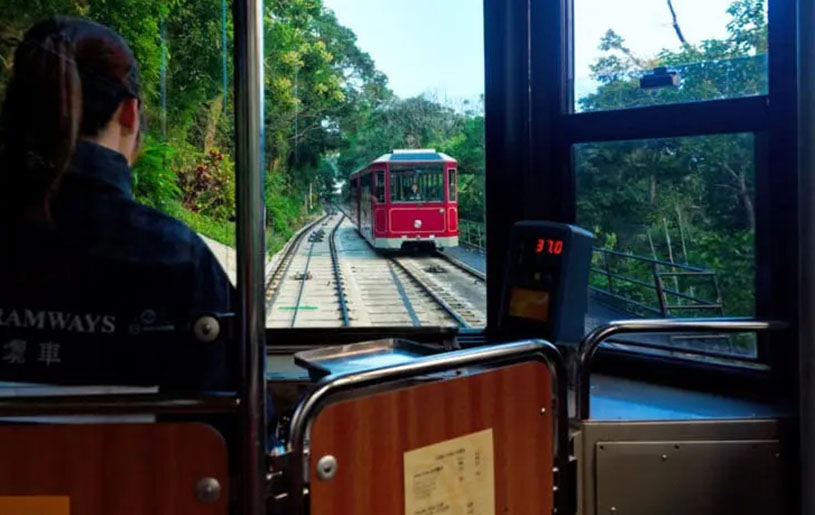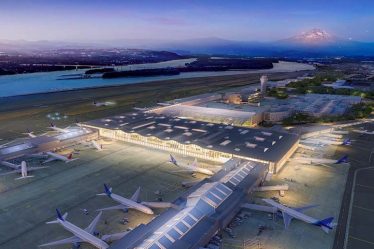
As the capital of Texas, Austin is not only famous for its rich culture, historical attractions and charming music scene, but also for its relatively developed public transportation system, which attracts a large number of tourists. It combines modern urban life with natural landscapes, especially in terms of public transportation, providing a variety of convenient options, which greatly facilitates the movement of tourists in the city.
Although Austin is not an international metropolis like New York and Los Angeles, the public transportation here provides a variety of options to meet the daily travel needs of residents and tourists. Whether it is city buses, light rails, or shared bicycles and shared electric scooters, Austin’s public transportation system can effectively connect major attractions, commercial areas and residential areas. Visitors can conveniently take various means of transportation with a transportation card to quickly and conveniently explore this vibrant city.
Austin’s public transportation service is very punctual during peak hours, especially during music festivals and other large-scale events, and traffic management is very good to ensure smooth travel for tourists and residents.
1. Austin Metro: Fast and convenient city shuttle
1.1 Metro Overview
The Austin subway system is relatively new, but it plays an increasingly important role in the face of the growing urban population and transportation needs. The Austin subway is operated by Capital Metro. Although there is only one main subway line, it has provided Austin residents with convenient city shuttle options.

1.2 Subway Lines and Coverage
Currently, Austin’s subway lines mainly cover transportation hubs in and around the city center, passing through several important commercial areas, residential areas and some major attractions. The subway starts from the technology park and commercial area in the city center and extends to many important areas in the suburbs, greatly facilitating passengers who need to quickly travel through the city.
1.3 Advantages of the subway
Fast: Compared with other public transportation, the subway is relatively fast, especially during peak hours.
Save time: The subway can effectively avoid ground traffic jams and is the best choice to quickly reach your destination.
Comfort: The air in the car is well-circulated and the seats are spacious, suitable for long rides.
1.4 How to take the Austin subway
Tourists can view subway line maps, timetables and fare information through Capital Metro or a dedicated APP. Passengers can use one-way tickets, day tickets or monthly tickets, and choose different types of ticketing plans according to their needs. The payment method of the subway is also very convenient, supporting card swiping, mobile payment and other methods.
2. Austin Bus: Shuttle to every corner of the city
2.1 Overview of buses
Austin’s public bus system covers a wide range and is one of the main ways for most residents to commute daily. Compared with the subway, buses can reach more alleys and streets, especially for residents and tourists in remote areas or smaller areas of Austin.
2.2 Bus routes and coverage
Austin’s bus system is operated by Capital Metro, with more than 50 routes covering almost the entire city and surrounding areas. Whether you are going to restaurants in the city center or want to reach a shopping mall in the suburbs, buses provide a convenient option.
2.3 Advantages of buses
Wide coverage: Buses can reach many areas that are inaccessible to subways, greatly facilitating residents and tourists in remote areas.
Cheap and affordable: Bus fares are relatively low, and buses are a very economical way to travel for tourists with limited budgets.
Frequent departures: Most bus routes depart every 15-30 minutes, making it convenient for passengers to arrange according to their own schedules.
2.4 How to take the Austin bus
Tourists can check bus schedules, route maps and fare information through Capital Metro or APP. The bus ticketing system is relatively simple, and passengers can pay with cash, transportation cards or mobile payments. During peak hours, buses may be crowded, so travel plans need to be made in advance.

3. Austin Taxi: Flexible, Comfortable and Personalized Travel
3.1 Taxi Overview
Austin’s taxi industry is relatively flexible and has a wide range of services. Taxis can often provide more efficient door-to-door services during peak hours, especially for tourists who want to avoid public transportation peak hours or need to go directly from one place to another.
3.2 Advantages of Taxi
Flexibility: Taxis can directly take passengers from the starting point to the end point according to their needs, especially for tourists who need to reach a certain destination directly.
Comfort and privacy: Compared with public transportation, taxis provide higher comfort and privacy. Especially on rainy days or hot days, taxis can provide tourists with a warm and comfortable private space.
Strong adaptability: Taxis can also flexibly adjust routes to bypass traffic jams or choose more convenient routes.
3.3 How to use taxis
Taxis in Austin can be booked by phone or directly hailed on the street. Today, many taxi companies also provide mobile applications, and tourists can quickly book vehicles through applications. Shared travel services such as Uber and Lyft are also popular in Austin, and tourists can choose these platforms to book taxis.
4. Mixed transportation in Austin: making travel more efficient
4.1 Mixed transportation mode
Austin’s transportation system is not limited to a single mode of travel. Many tourists choose to combine subways, buses and taxis to enjoy a more flexible and efficient travel experience. For example, tourists can choose to take the subway from the city center to the main business district, and then take a bus from the subway station to the attractions in the suburbs.
4.2 Advantages of mixed transportation
Increase flexibility: By combining different modes of transportation, you can choose the most suitable mode of travel according to the needs of time and route.
Save time and money: Choosing the right mixed mode of transportation can avoid wasting time due to traffic jams, and you can also complete the trip within the budget.
4.3 How to plan a mixed transportation route
Tourists can plan the best travel route in advance through the Capital Metro APP or Austin’s transportation service platform. With the help of smartphones, passengers can easily understand the timetable, route and fare information of various transportation tools, helping them to better plan each trip.
5. Austin Transportation Tips
When traveling in Austin, it is essential to understand the local transportation conditions for a smooth trip. Here are some transportation tips to help tourists plan their trips better.

Public Transportation: Buses and Light Rail
Austin’s public transportation system consists of buses and light rail. The city’s bus network covers a wide range, but it may encounter congestion during peak hours. It is recommended to use the Capital Metro app to view bus schedules and routes to better plan your trip. In addition, the light rail mainly connects the city center with several areas in the north, which is a convenient option, especially for going to large events and commercial areas.
Self-driving travel: parking is difficult
Although Austin is a city suitable for self-driving, parking spaces in the city center are limited and parking fees are high. Street parking is difficult, especially during peak hours. If you plan to stay in the city center for a long time, you can choose to rent a parking lot or book a parking space at the hotel. In addition, some areas offer free parking, but there are usually time restrictions, and tourists need to pay attention to relevant tips.
Use shared bicycles and scooters
Austin is a city that is very suitable for cycling and scooters. Shared bikes and electric scooters are very common in the city, and tourists can download related applications such as Lime, Bird, etc. to rent them quickly. This is not only a convenient and fast way to travel, but also a fun choice for exploring the city. Especially short trips between parks and downtown are both environmentally friendly and fun.
Take a taxi and ride-sharing
Although Austin’s public transportation is relatively convenient, taxis and ride-sharing (such as Uber and Lyft) are good options for those who want a more private way of travel. Especially at night, taxis and ride-sharing with convenient transportation can take you directly to your destination and avoid cumbersome parking problems.
By choosing the right transportation method, tourists can efficiently visit every corner of Austin and enjoy the charm of this unique city.
Although Austin does not have a complex subway system like some metropolises, its public transportation service is very flexible and efficient. From subways to buses to taxis, each mode has its own unique advantages and applicable scenarios. Visitors can choose the most suitable means of transportation according to their schedule, budget and comfort requirements.
For those who want to quickly reach the city center or major attractions, the subway is undoubtedly the most convenient option; if you plan to go deep into various areas of the city, the bus system provides a wider coverage; and for tourists who need flexible arrangements, taxis provide the greatest comfort and privacy. By choosing the right mode of transportation, Austin’s public transportation will greatly enhance your travel experience in this city.

